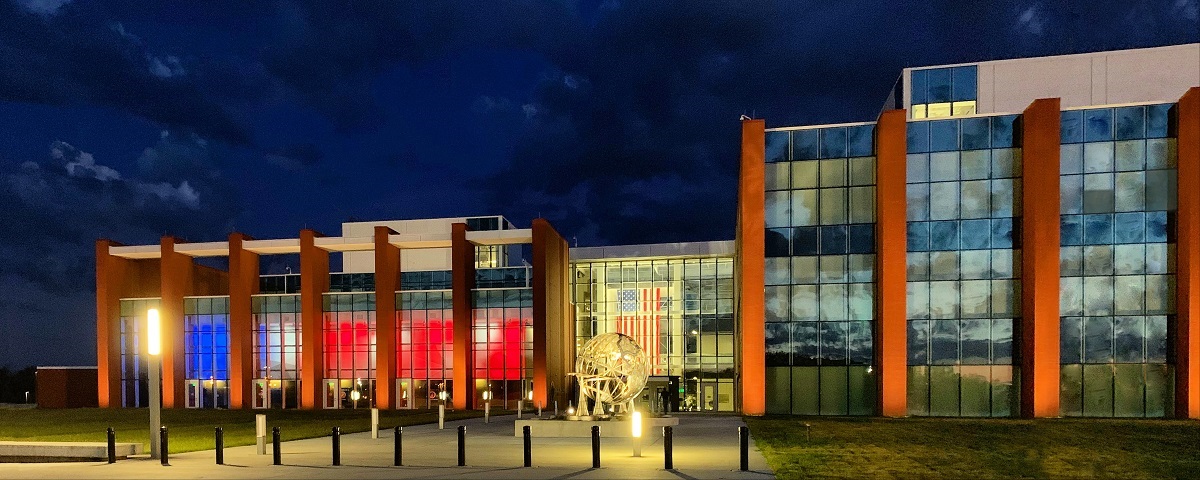|

J1 - Human Capital - Brigadier General Ryan E. Richardson: Develops and administers command manpower and personnel policies, human resources, and personnel assignment programs.
J2 - Intelligence - Rear Admiral Ralph R. "Russ" Smith: Responsible for delivering all-source intelligence while enabling the execution of assigned strategic deterrence, space and cyberspace operations. Directs all intelligence-related support for the Commander and ensures unity of intelligence effort across the Command.
J3 - Global Operations - Major General Brandon D. Parker: Coordinates the planning, employment and operation of DOW strategic assets and combines all current operations, intelligence, and global command and control operations. Subdivisions within J3 include Combat and Information Operations, Current Operations, Logistics, and Joint Electromagnetic Spectrum Operations (JEMSO).
J4 - Logistics - Captain John French: The Logistics Directorate plans, coordinates and executes joint logistics functions, and provides capability-based readiness assessments and facilities management in support of U.S. Strategic Command's global mission.
J5 - Plans and Policy - Rear Admiral Thomas R. "TR" Buchanan: Responsible for coordinating the development and implementation of national security policy as it applies to the command and the execution of its mission. Develops future plans, policy and strategy across all mission areas as outlined in the Unified Command Plan.
J6 - Command, Control, Communications and Computer Systems - Ms. Elizabeth M. Durham-Ruiz, SES: Coordinates, facilitates, monitors and assesses systems, networks and communications requirements.
J7 - Joint Exercises, Training and Assessments - Manages the USSTRATCOM Commander's Joint Exercises, Training, and Assessments programs in order to ensure readiness to perform the Command missions. Provides modeling and simulation support for exercises and training events to the Joint Chiefs of Staff (JCS), Combatant Commands, and other Major Commands (MAJCOM). Manages the Joint Lessons Learned Program. Augments the battle staff during a crisis.
J8 - Capability and Resource Integration - Mr. Robert J. Taylor, Jr., SES: Conducts force management and analysis to include integrating, coordinating, prioritizing, and advocating USSTRATCOM future concepts, mission capability needs, weapons system development, support for emerging technologies, and command and control architecture across the mission areas. Responsible for all command requirement processes, and ensures appropriate decision support tools and assessment processes are in place to enhance operational capabilities.
NEC - NC3 Enterprise Center - Ms. Amanda G. Kato, SES: Oversees and manages the NC3 enterprise to ensure full mission readiness through data-driven, risk-informed operations, while directing development and delivery of threat-relevant, next generation NC3 enterprise capabilities in support of nuclear deterrence operations and national security objectives.
JEC - Joint Electromagnetic Operations Center - Major General AnnMarie K. Anthony: advances the joint force's ability to operate and prevail in contested, congested, and constrained EMS environments through focused training, education, and assessment. Vision: A joint force ready to prevail in a contested or congested electromagnetic spectrum.
History I Command Video I Command Emblem I USSTRATCOM Headquarters
|